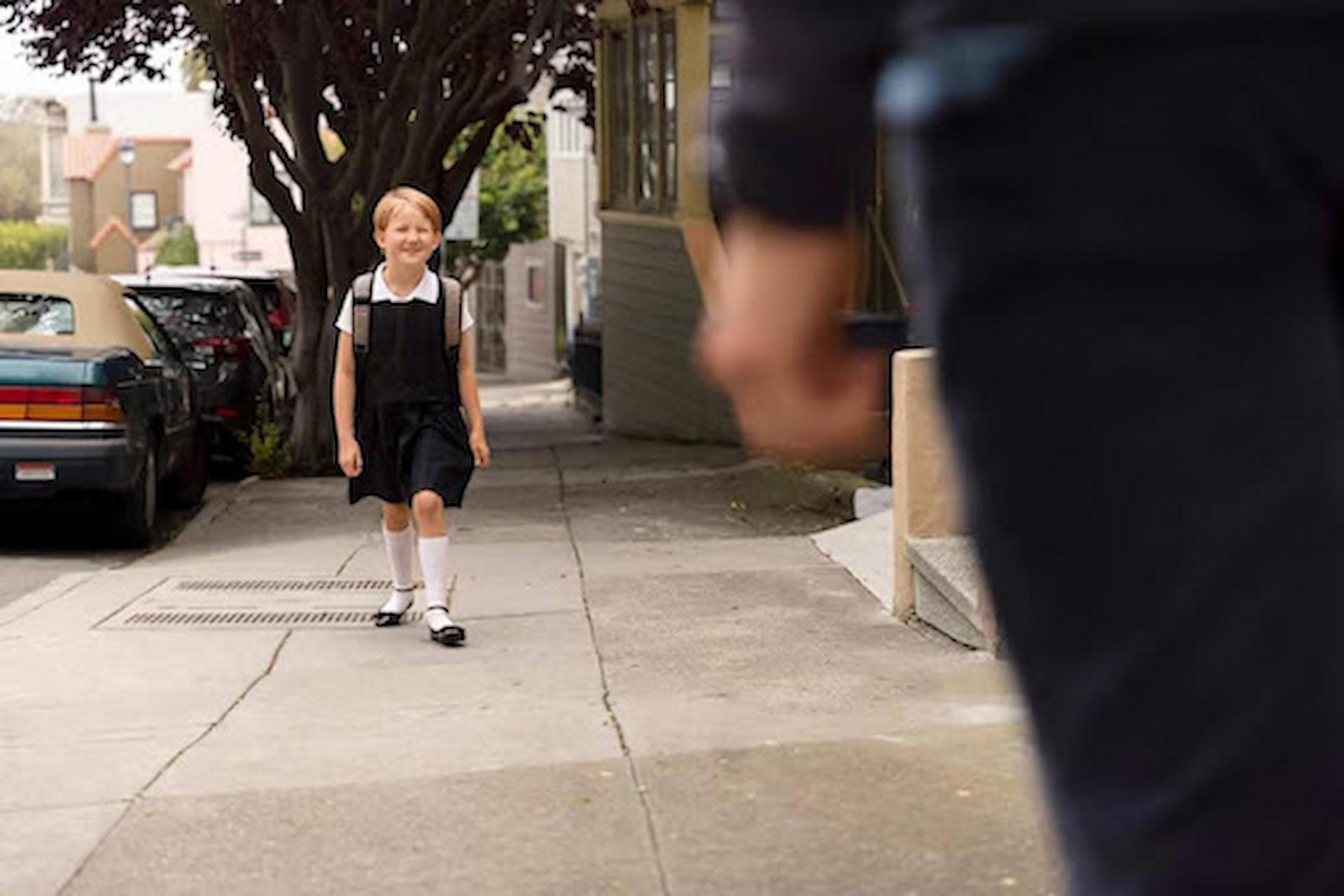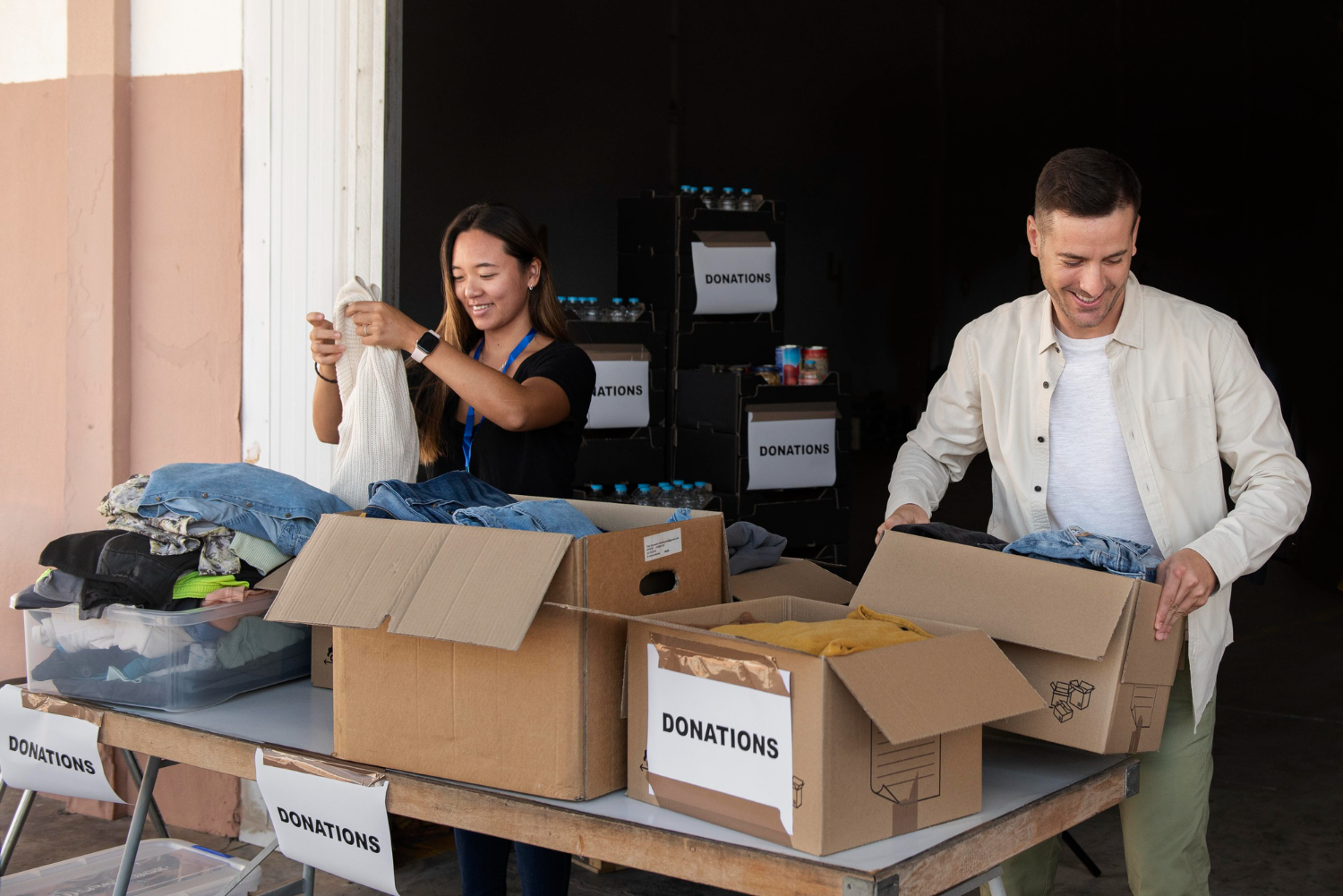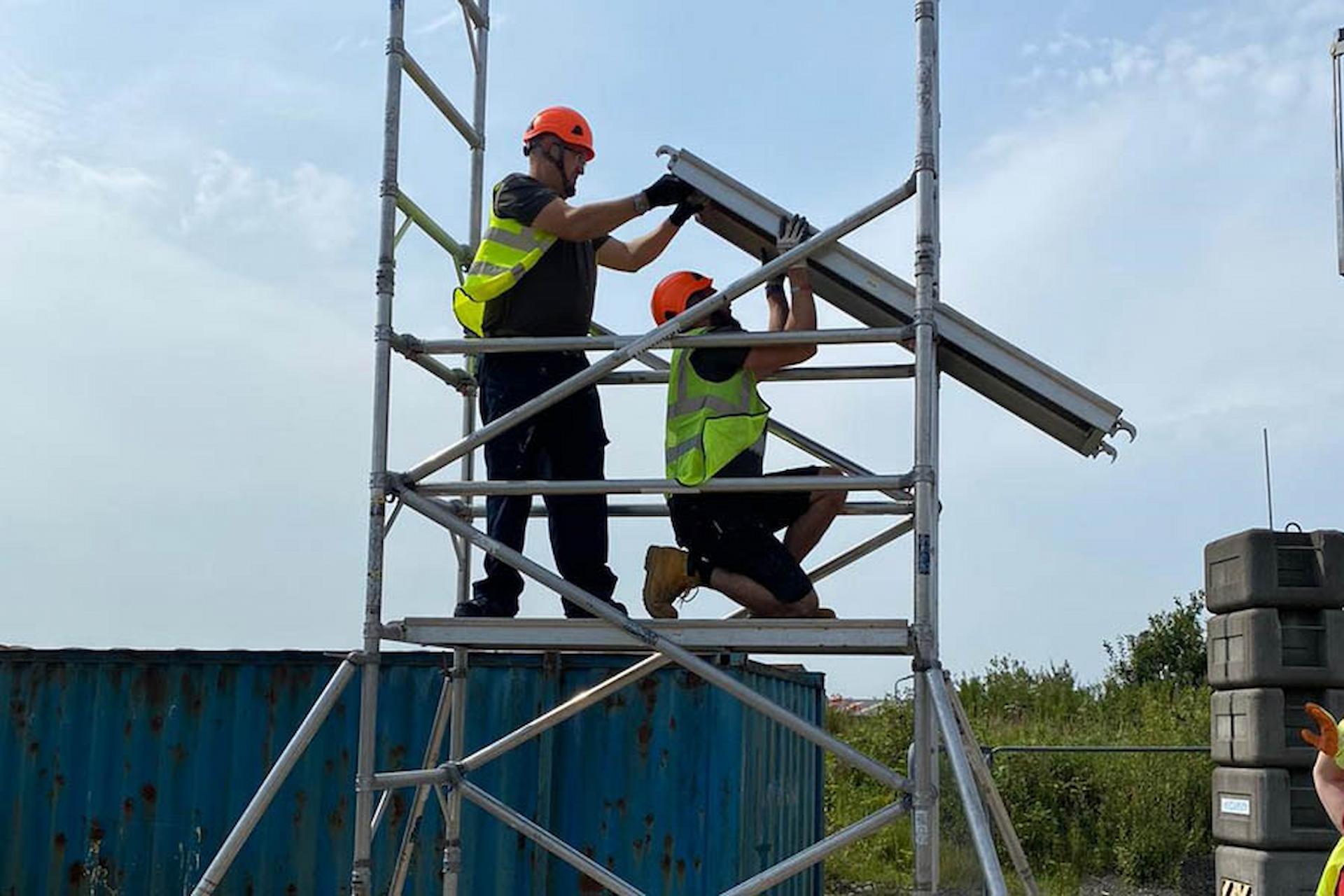School security is essential for creating a safe learning environment. From physical security measures to mental health support, every aspect matters. Here are ways schools can enhance safety for students and staff.
Schools should be places where students and staff feel safe. However, threats like violence, bullying, and unauthorised access are making security a growing concern. A lack of proper security can disrupt learning and create fear.
Investing in school security involves more than installing cameras. It also involves policies, trained personnel, and a culture of safety. Schools must ensure security without making the environment feel like a prison.
This article explores the best practices for keeping schools safe. It covers physical security, emergency preparedness, mental health support, and the role of technology. Schools can protect students and staff by implementing these strategies while fostering a positive atmosphere.
The Importance of School Security
A Growing Concern
School security is a critical issue worldwide. In many schools, incidents such as fights, bullying, and even violence are becoming more common. Reports suggest that many schools experience some form of school security threat each year.
Without proper security measures, school security concerns can leave students feeling unsafe. Fear can negatively affect their concentration, attendance, and academic performance. Educators also need a secure environment to focus on teaching.
Why It Matters
- Protects students from violence, bullying, and outside threats.
- Creates a positive and distraction-free learning environment.
- Ensures teachers and staff can perform their duties without fear.
- Prevents property damage and unauthorised access to school premises.
By prioritising school security, institutions can build a safe and nurturing atmosphere for everyone.
Physical Security Measures in Schools
Key Safety Features
Physical security is the foundation of school security. Schools must have well-planned infrastructure to prevent unauthorised access and protect against threats.
Essential Measures
- Secure Entrances and Exits – All schools should have controlled entry points with ID checks or visitor logs.
- Surveillance Systems – Security cameras help monitor activity and deter potential threats.
- Fencing and Perimeter Security – A secure perimeter prevents unauthorised individuals from entering school grounds.
- Classroom Security – Doors should have locks, and teachers should have emergency protocols for lockdown situations.
- On-Site Security Personnel – Trained school security officers can handle potential risks effectively.
A well-secured school building discourages intruders and keeps students safe inside. However, security should not create a stressful environment. Schools must balance strict safety with a welcoming atmosphere.
Emergency Preparedness and Response Plans
Being Ready for Any Situation
Emergencies can happen anytime. Whether it’s a fire, natural disaster, or an active threat, schools must be prepared. A quick and well-organized response can save lives.
How Schools Can Prepare
- Regular Emergency Drills – Fire drills, lockdown drills, and evacuation exercises help students and staff respond quickly.
- Transparent Communication Systems – Schools need PA systems, emergency alerts, and backup communication methods.
- Crisis Response Teams – Designated staff should be trained to handle emergencies.
- First Aid and Medical Preparedness – Schools should have medical kits and trained personnel for injuries.
Preparedness ensures that students and staff know what to do in a crisis. Schools should regularly review and improve their security plans.
Addressing Mental Health and Bullying Prevention
A Safe Mind is a Safe Student
School security isn’t just about fences and cameras. Mental well-being is a crucial part of student safety. Anxiety, depression, and bullying can make students feel unsafe, even in a physically secure school.
How Schools Can Help
- Anti-Bullying Programs – Schools must actively prevent bullying through strict policies and awareness campaigns.
- Counselling Services – Having trained counsellors help students deal with stress, anxiety, or trauma.
- Peer Support Systems – Encouraging students to support one another can reduce feelings of isolation.
- Teacher Training – Educators should be trained to recognise mental health struggles and provide support.
A school should be a place of emotional safety where students feel supported and heard. Addressing mental health leads to a more secure environment.
The Role of Technology in School Security
Modern Solutions for a Safer Environment
Technology plays a key role in school security. Schools can monitor threats, prevent violence, and respond quickly with the right tools.
Effective Security Technologies
- Access Control Systems – Electronic ID badges and fingerprint scanners limit access to school grounds.
- AI-Powered Surveillance – Smart cameras can detect unusual behaviour and alert security.
- Emergency Alert Apps – Mobile apps allow students and teachers to report threats instantly.
- Cybersecurity Measures – Schools must protect student data from hacking and cyber threats.
Integrating technology into school security improves response times and enhances safety measures. Schools should regularly update their systems to stay ahead of potential threats.
Community Involvement in School Security
Security is Everyone’s Responsibility
School safety requires cooperation from students, parents, teachers, and law enforcement. A strong community can prevent incidents before they happen.
Ways the Community Can Help
- Parental Involvement – Parents should educate children on safety and support school security initiatives.
- Student Awareness Programs – Teaching students to report suspicious activity keeps the school safer.
- Collaboration with Law Enforcement – Schools should work closely with police for emergency response planning.
- Neighborhood Watch Programs – Local communities can help monitor school surroundings for suspicious activity.
When everyone plays a role in school security, it creates a safer and more supportive environment.
Conclusion
School security is more than just locked doors and cameras. It’s about creating a secure, welcoming environment where students and staff can thrive. Schools must focus on physical safety, mental well-being, and emergency preparedness.
Combining technology, trained personnel, and community efforts can significantly reduce risks. Every school should regularly update its security measures to address new challenges.
Safety is a shared responsibility. Parents, teachers, and law enforcement must work together to protect students. By taking proactive steps, we can ensure that schools remain places of learning, growth, and security.





